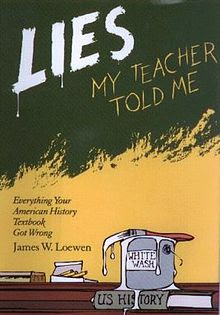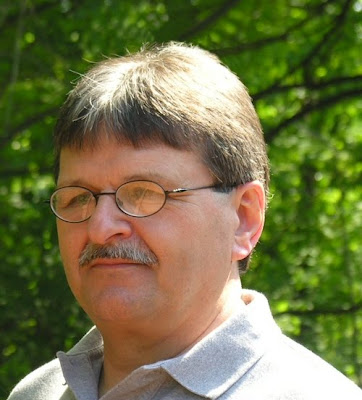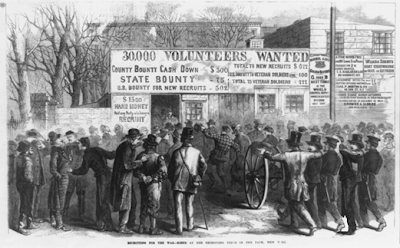 A grand total of $95,000 has been granted to the Chazy Public Library and the Plattsburgh Public Library, thanks to a collaboration organized to help Adirondack libraries win state funding for technological upgrades.
A grand total of $95,000 has been granted to the Chazy Public Library and the Plattsburgh Public Library, thanks to a collaboration organized to help Adirondack libraries win state funding for technological upgrades.
The Charles R. Wood Foundation, the Lake Placid Education Foundation and the Adirondack Community Trust (ACT), worked together to support the expanding role of libraries in the Adirondack region.
Libraries exist to serve the public. In difficult economic times, they are a particularly valuable community resource, available to all residents regardless of economic status. “Our libraries are now called upon to support technological literacy and skills development,” said Bobby Wages, President of the Board of the Charles R. Wood Foundation. “That means they need electronic hardware and software, and librarians need to know how to use it and teach others to use it.”
”In May, ACT convened a meeting of the region’s library systems, the state’s library system, and these two regionally-focused foundations to explore the changing roles of libraries and what we could do to help,” said Cali Brooks, ACT Executive Director. As a result of the meeting, the Charles R. Wood Foundation and the Lake Placid Education Foundation offered funding for libraries already seeking funding for technological upgrades through the Public Library Construction Grant Program of New York State Public Library. The New York State Public Library had opened a $14 million competitive grant to regional library systems for a range building renovation projects. In order to qualify for a grant, a library would have to supply at least 50 percent of the funds that would be matched through the Public Library Construction Grant Program.
Working in partnership with the Clinton, Franklin and Essex County Library System, ACT reached out to libraries all over these counties to encourage them to apply for funds and offer assistance. Once a library’s technology project application was approved for the Public Library grant program, the Charles R. Wood and Lake Placid Education Foundations matched each other’s grants to qualify each library to receive the funds.
“Our goal is to strengthen the technological capacities of the Adirondack North Country libraries to make them even more vital community centers of initiative,” said Fred Calder, President of the Lake Placid Education Foundation. “We are committed to helping these libraries gather funds through matching grants and to do so in collaboration with the Charles R. Wood Foundation and others whenever possible.”
“Since ACT’s inception, we have considered libraries important community partners. We manage 12 library endowment funds and have made over $500,000 in grants to support Adirondack libraries,” Cali Brooks reported.
The Chazy Public Library is converting a former physician’s office building into a technologically sophisticated, rural public library. Grant funds will be used to transform the basement into a Community Room for multimedia applications and training/retraining for life skills. Many Chazy residents rely on the services of the public library to fulfill technological, academic, and leisure needs. With the new Community Room, the public will have access to state-of-the-art multimedia equipment for job-preparedness workshop presentations, special training sessions, tutoring by Literacy Volunteers, and more.
The Plattsburgh Public Library is the central library of the Clinton, Essex, Franklin County Library System, better known as CEF. It provides online reference help to residents throughout the three-county region. Grant funds will be used to create a private computer interviewing cubical in the public computer room for video and interviewing by residents searching for jobs. In recent years, Plattsburgh Public Library has become increasingly involved in literacy and skills development initiatives. The Library also provides a career center, where job seekers use technology and learn computer skills to obtain gainful employment. The computer interviewing cubical will enhance support to those patrons.
Photo: Kelly Sexton, Local History Librarian, and David Robinson, Library Page at the Plattsburgh Public Library.










